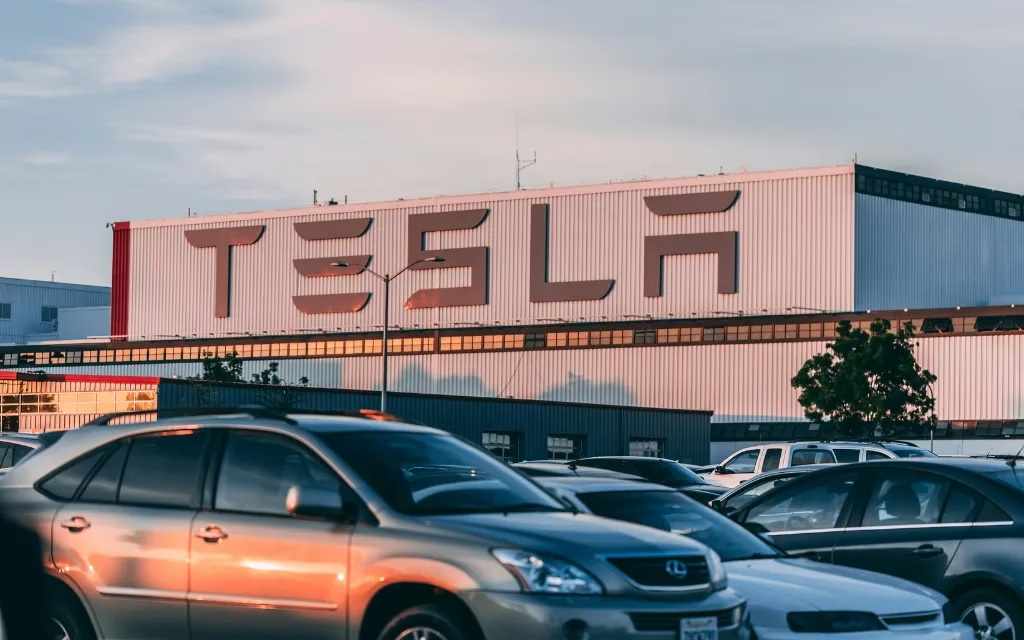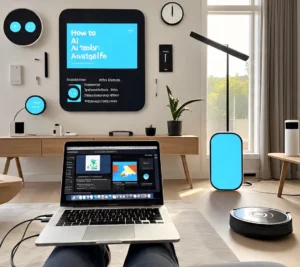The news that Tesla Electric SUVs are being recalled because they might hurt people has sent shockwaves through the car industry. More than 7,000 Model Y vehicles sold in Australia are affected by a software issue in their driver-side automatic window. Regulators warn that this defect could cause the window to exert excessive force if it closes on a body part, potentially injuring drivers or passengers.
While Tesla has already provided a convenient over-the-air software fix, this event raises important questions about safety, software reliability, and how carmakers must adapt to an era in which vehicles are as digital as they are mechanical. In this in-depth report, we break down everything you need to know about the recall, how Tesla is addressing it, and what lessons the entire auto industry can learn from the situation.
Tesla Electric SUVs Recalled Over Injury Risk – The Official Announcement
The recall was issued by Australia’s federal transport department after safety inspectors confirmed that certain Tesla Model Y vehicles did not meet power window safety standards. Specifically, the driver’s side window was failing to reverse or stop when encountering an obstruction.
The Tesla Electric SUVs Recalled Over Injury Risk notice explains that 7,301 Model Y vehicles from the 2025 model year are affected. This is the biggest Tesla recall in Australia in 2025. This recall is larger than the previous one, which affected 297 Model Y and Model 3 vehicles due to an issue with their power steering.
It’s impressive how quickly Tesla acted. The company is sending out a remote update for the software to fix the bad programming instead of making customers make service appointments. This method is effective, saves money, and makes things less of a hassle. But it also shows how much car security now relies on lines of code instead of just mechanical engineering.
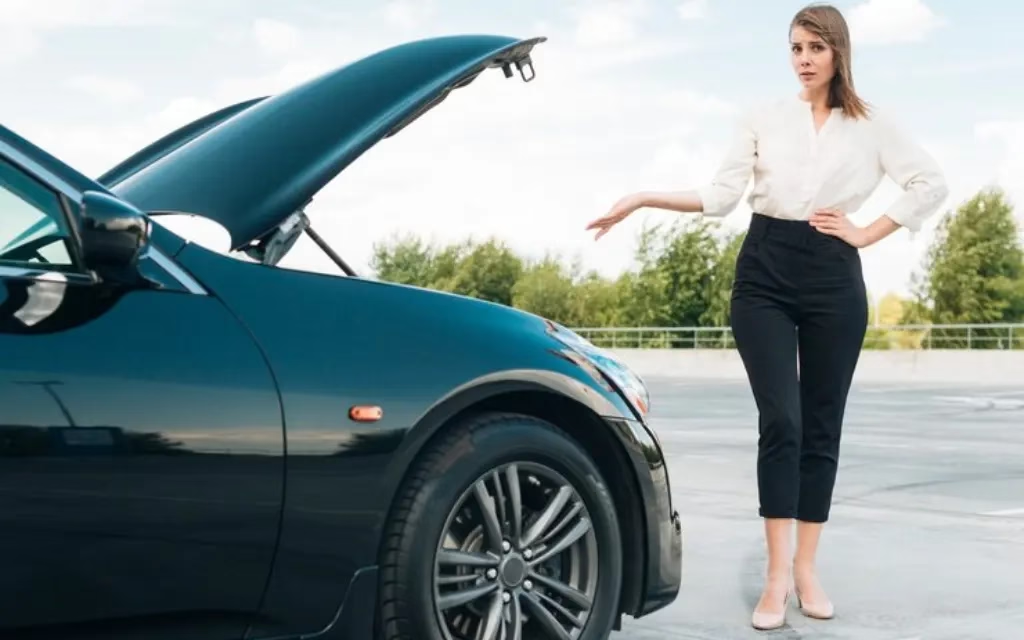
Tesla Electric SUVs Recalled Over Injury Risk – How the Problem Was Found
The driver-side window safety feature is designed to prevent injuries by detecting obstructions such as a hand or arm and stopping or reversing automatically. Australian regulators discovered that in affected Model Y vehicles, the software controlling this feature did not behave as intended. The window could continue closing with excessive force, violating national safety standards.
Tesla has faced similar issues before. In 2022, a U.S. recall involved nearly 1.1 million vehicles—including Model 3 and Model S—after America’s National Highway Traffic Safety Administration determined that automatic windows were not reacting correctly to obstructions. That earlier warning helped officials in other countries stay alert for similar issues, which probably sped up the discovery of the problem in Australia.
The recall of Tesla electric SUVs because of the risk of injury shows how vehicle regulation is becoming less reactive and global. Safety agencies now share information across borders, ensuring that potential hazards are spotted and corrected more quickly than ever.
Tesla Electric SUVs Recalled Over Injury Risk – How Tesla Is Fixing It
Tesla is fixing the problem completely via the internet software update. Tesla will directly contact owners of the impacted cars and tell them how to install the new version using the Tesla mobile application or the car’s notification system. The new update recalibrates the window’s safety system after installation, ensuring the glass automatically stops or reverses if it detects an obstruction.
There are two big benefits to this way of fixing things:
- No service visits needed: Owners don’t have to make time-consuming appointments.
- Instant global deployment: Tesla can send the update to all affected cars at once, making sure that the recall is fixed quickly.
Even though it’s easier, experts say that manufacturers need to test software just as thoroughly as they would test physical parts. Mark Reynolds, an automotive consultant, says:
“Over-the-air updates are a huge benefit in businesses like Tesla, but the ease of use shouldn’t make people forget how important it is to make sure safety is perfect.” A power window may not seem like a big deal, but it is an important safety feature for people inside the car. “Even small mistakes can hurt people.”
This shows why the case of the Tesla Electric SUVs Recalled Over Injury Risk is more than just a technical footnote. It’s a lesson in the responsibility that comes with using cutting-edge technology.
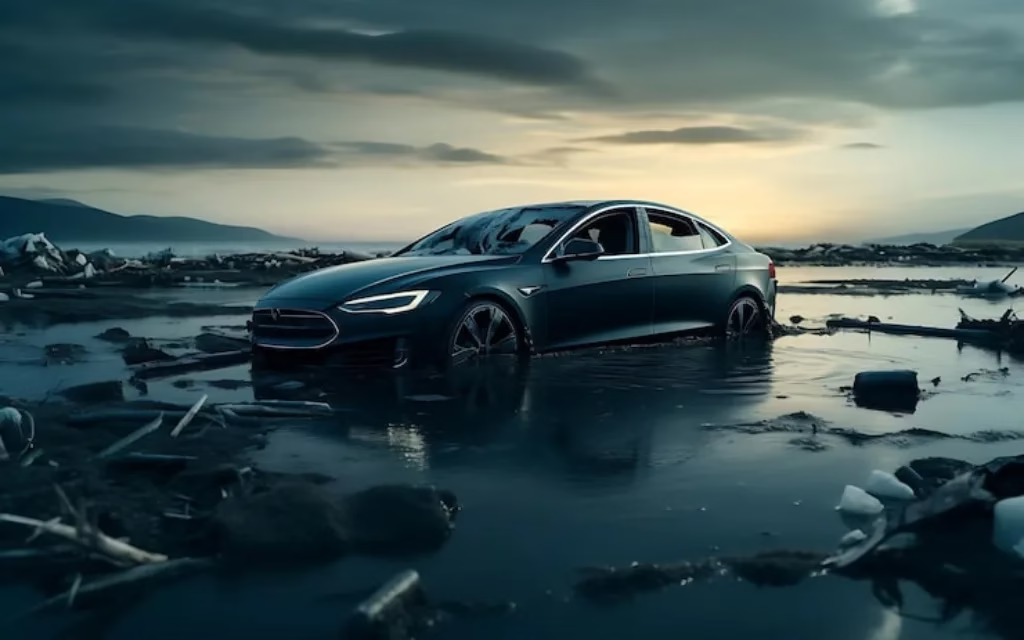
Tesla Electric SUVs Recalled Over Injury Risk – Scale and Global Context
This safety recall affects 7,301 cars in Australia, however its effects go far beyond that one market. Tesla sells thousands of Model Y SUVs all over the world, and the software systems are usually the same in all regions. If there is a problem in one area, it could be in another area as well, which would lead to other regulators looking into it.
Tesla’s 2022 U.S. recall for window safety affected nearly 1.1 million vehicles. When compared with that event, the Australian recall is smaller in scale but identical in nature. This consistency suggests that even when a problem seems resolved in one batch of vehicles, it can reappear in later production runs unless strict quality control processes are applied continuously.
The notice about the Tesla Electric SUVs being recalled because of the risk of injury is also a warning for other car companies that are making cars that rely on software. As the industry moves toward electric and self-driving cars, it becomes more dependent on computer code. Modern cars have hundreds of thousands of lines of code, which makes it more likely that software bugs will affect safety systems.
Tesla Electric SUVs Recalled Over Injury Risk – Why This Matters to Drivers
For Tesla owners, the recall is simple to fix, but its significance should not be underestimated. The driver-side window is used every day, and a malfunction in its obstruction detection system poses a real injury risk. While the likelihood of harm may be low, the consequences of a pinched hand or arm can be painful and dangerous, particularly for children.
The Tesla Electric SUVs Recalled Over Injury Risk case reminds all drivers to:
- Pay attention to safety recall notifications.
- Keep vehicle software up to date.
- Test safety features periodically, such as power windows and automatic locks.
Tesla has earned praise for its quick action, but experts advise owners not to delay installing the fix. The recall depends on software, but it still deals with a real safety issue.
Tesla Electric SUVs Recalled Over Injury Risk – Expert Opinions and Industry Lessons
Automotive safety analysts agree that Tesla’s ability to issue software fixes remotely is a game-changer. Traditional recalls often need to have parts replaced, be checked out in person, and spend time at repair shops. By contrast, Tesla can deploy updates in minutes to thousands of cars worldwide.
However, Dr. Helen Ward, an automotive software researcher, cautions:
“We’re entering an era where cars are defined by code. While this enables rapid feature development, it also demands aerospace-level software validation. The Tesla Electric SUVs Recalled Over Injury Risk recall illustrates that consumer safety cannot rely on post-sale fixes alone—preventive testing is key.”
Other automakers are taking note. Companies like Ford, Volkswagen, and Hyundai are rapidly expanding their ability to issue over-the-air updates, but they must also strengthen internal review processes to ensure safety-critical features are robust from the start.
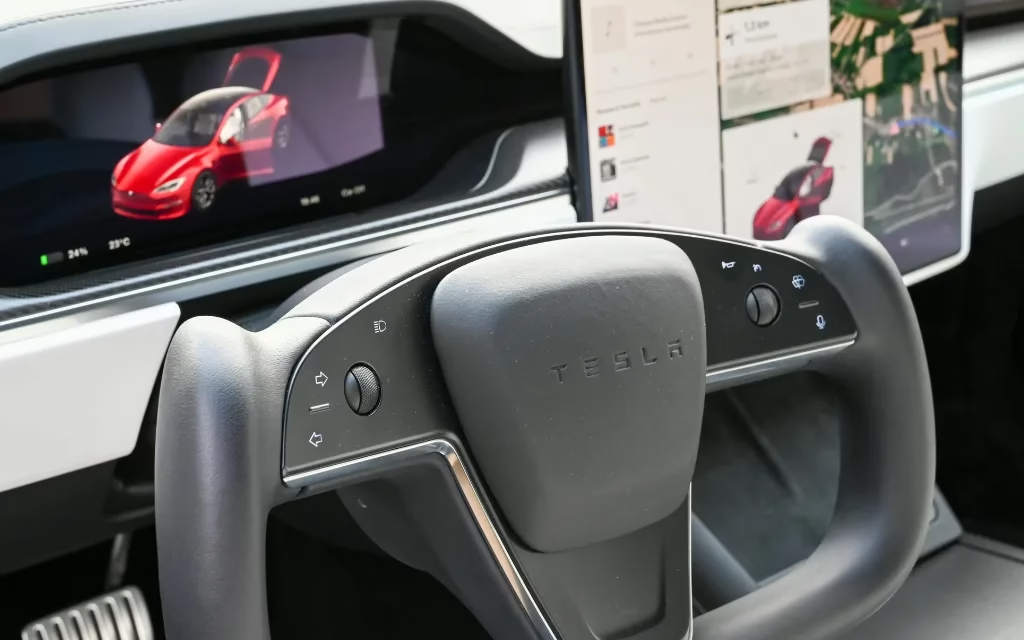
Tesla Electric SUVs Recalled Over Injury Risk – Technical Breakdown
You can get a clearer picture of the issue by looking at how Tesla’s power windows work. As the glass closes, sensors in the window frame constantly monitor resistance. If resistance suddenly increases, the system is supposed to stop or reverse the window immediately — a signal that something is blocking its path.
You can get a clearer picture of the issue by looking at how Tesla’s power windows work. As the glass closes, sensors in the window frame constantly monitor resistance. If resistance suddenly increases, the system is supposed to stop or reverse the window immediately — a signal that something is blocking its path.
Tesla’s online update fixes this by adjusting the software limits while making sure the security system is always on. You don’t need to get new parts for this sort of problem like you do for hardware recalls. After the updated code is put in, the window works like it should, which keeps people safe.
The Tesla’s Electric SUVs Recalled Over Injury Risk response shows how adaptable Tesla is, but it also shows that software needs to be thoroughly tested before it is released in modern cars.
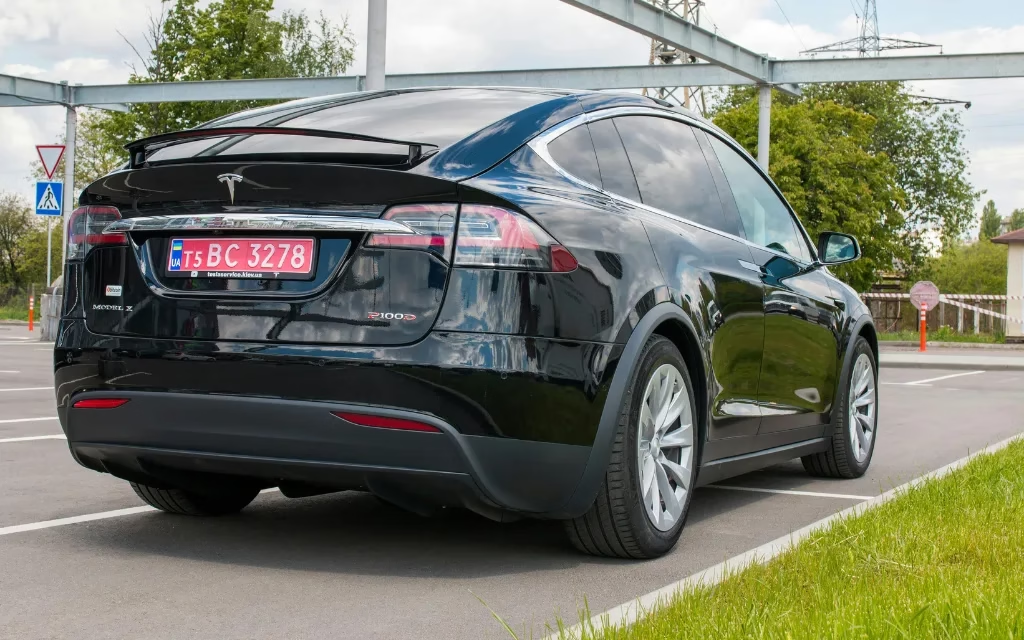
Tesla Electric SUVs Recalled Over Injury Risk – Final Thoughts
It might seem like a small deal at first, but the Tesla Electric SUV recall for safety reasons is a big deal. It highlights both the perks and pitfalls of cars running increasingly on software. Tesla fixed the problem quickly with an over-the-air update, but the situation also shows why careful safety checks are so important before cars reach their owners.
Cars these days are getting more and more digital, and protection systems aren’t just mechanical anymore. Car makers now need to treat software with the same care they give engines, brakes, and airbags. For Tesla customers, the message is clear: install the update right away, check that it works, and keep up with the news. The lesson for the industry is even clearer: safety standards must never be lowered to make room for new ideas.
After the update is installed, Tesla drivers can be sure that their cars will still work well. However these Tesla Electric SUVs Recalled Over Injury Risk incident will probably change the way car companies all over the world think about software quality and following the rules for years to come.
Tesla Electric SUVs Recalled Over Injury Risk – Frequently Asked Questions
What is the issue causing this recall?
The driver’s side window may fail to reverse or stop when it encounters an obstruction, increasing the risk of injury.
How many vehicles are affected?
7,301 Tesla Model Y vehicles from the 2025 model year in Australia are impacted.
How is Tesla resolving the issue?
The company is issuing an over-the-air software update that recalibrates the window safety system, eliminating the defect.
Has this happened before?
Yes. In 2022, Tesla recalled nearly 1.1 million vehicles in the U.S. for a similar power window issue.
Do owners need to visit a service center?
No. The update is delivered wirelessly, allowing owners to fix the issue without scheduling an appointment.

